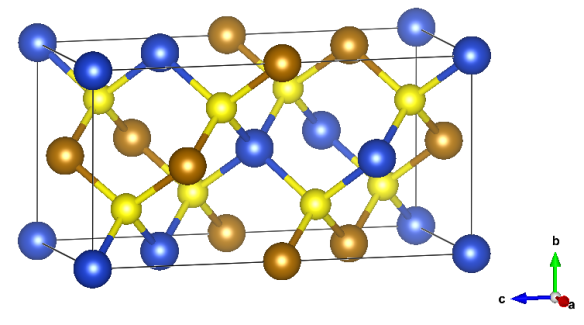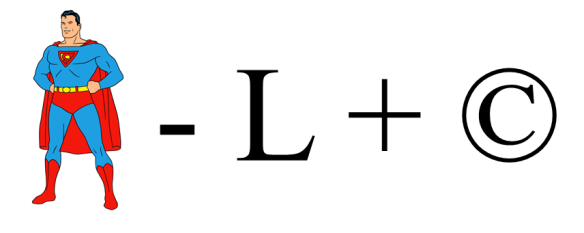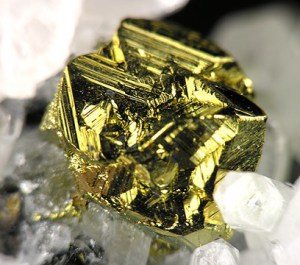Trademark this mineral!
Today Dr Sara tells us of about a mineral she was suspicious of to begin with.
What does it look like?

(Structure made with Vesta) Colors – Blue: Cu, Brown: Fe, Yellow: S.
What is it?
Upon first encountering chalcopyrite, I was convinced it had to be a weird autocorrect rather than an actual mineral name. But after a bit of internet sleuthing, I learned that it's a real, and very useful, material. Also that it's probably pronounced "calko-pyrite" rather than "cal-copyrite", since it comes from the Greek words "chalkos" meaning "copper" and "pyrites" which means "striking fire". This stems from the fact that chalcopyrite, or CuFeS2, is a bright yellow semiconducting material with a metallic lustre and is often confused with gold or pyrite. However, it is much softer than pyrite and more brittle than gold. It has long been a primary source for copper and has contributed to technology in both Bronze Age societies and in the modern era.
Where did this structure come from?
The chalcopyrite structure was first reported in 1931 by none other than Linus Pauling and graduate student Lawrence Brockway. While a previous study of the chalcopyrite structure was published in 1917, Pauling and Brockway demonstrated that it wasn't quite right. You can find evidence of Pauling's study in his lab notebook, although the data were put into Brockway's notebook. A brief post on the history of this discovery can be found at The Pauling Blog.
Bonus: Crystal structure rebus!
"A rebus is an allusional device that uses pictures to represent words or parts of words." (Wikipedia) Can you work out the meaning of this rebus?








